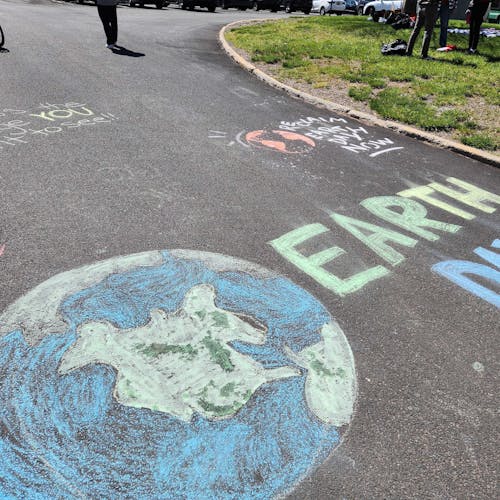SCIENCE: How do solar panels work?

With Earth Day being celebrated last Friday, people are thinking more and more about different ways to preserve the environment, including alternate sources of energy.
The sun is essentially a nuclear reactor that fuses hydrogen atoms into helium, sending light particles or photons, into space, according to the website for Scientific American.
Photons have energy that is generally felt by people as heat. This energy can also be used to “excite” electrons, allowing them to move from one atom to another, creating an electric current, according to the site.
Solar panels use different types of silicon compounds to generate a current when light is shined on it at various frequencies, according to the site.
Most consumers have crystalline silicon panels, which have an efficiency of around <g>25 percent,</g> while the best panels have an efficiency of almost 40 percent, according to pveducation.org.
Solar power had huge gains in the U.S. in the past few years, and it currently supplies about 0.5 percent of total U.S. electricity, according to the National Renewable Energy Laboratory website.
With fast progress in technology and rapid growth in investment, more solar energy should be expected to flow into the U.S. grid in the future.



